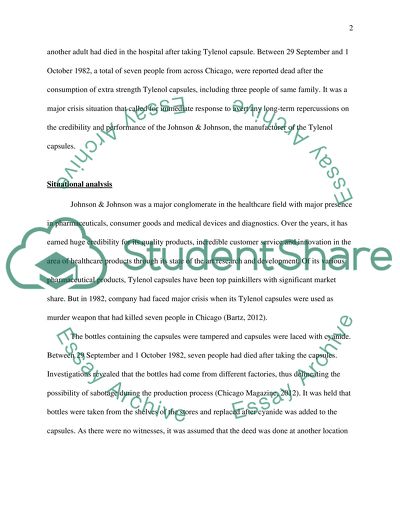Cite this document
(“Public Relation Campaigns as Key Constituent of Contingency Plan In Essay”, n.d.)
Retrieved from https://studentshare.org/journalism-communication/1481373-public-relation-campaigns-as-key-constituent-of-contingency-plan-in-crisis-situation
Retrieved from https://studentshare.org/journalism-communication/1481373-public-relation-campaigns-as-key-constituent-of-contingency-plan-in-crisis-situation
(Public Relation Campaigns As Key Constituent of Contingency Plan In Essay)
https://studentshare.org/journalism-communication/1481373-public-relation-campaigns-as-key-constituent-of-contingency-plan-in-crisis-situation.
https://studentshare.org/journalism-communication/1481373-public-relation-campaigns-as-key-constituent-of-contingency-plan-in-crisis-situation.
“Public Relation Campaigns As Key Constituent of Contingency Plan In Essay”, n.d. https://studentshare.org/journalism-communication/1481373-public-relation-campaigns-as-key-constituent-of-contingency-plan-in-crisis-situation.


